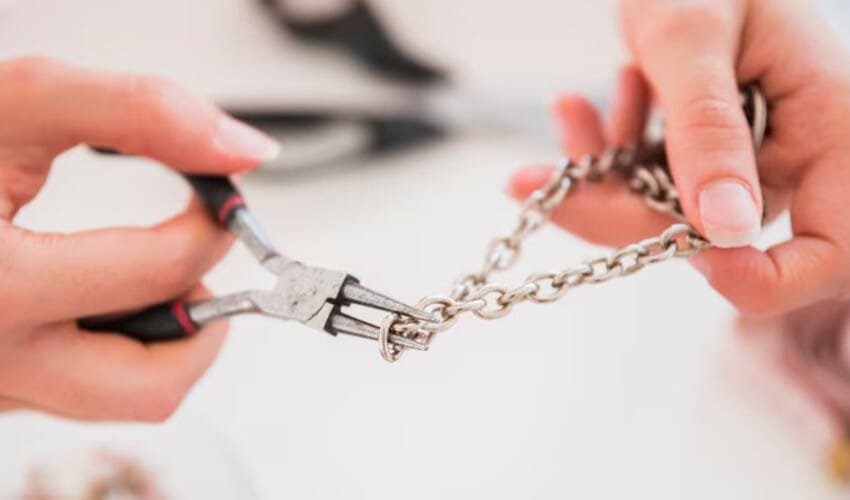Phone verification companies appear no less than a true saviour when it comes to check the authenticity of phone numbers. With their support, various companies ensure the security & authenticity of phone numbers and hence, prove reliable. This is how the clean and valid contact list of prospective customers becomes ready to serve various purposes. Now, it’s up to users, whether they want to use it for user registration, account verification, transaction verification, or fraud prevention.
Are you curious to know how these companies do phone verification and what special methods they employ to verify phone numbers? Here is the answer.
Let’s get started with discovering methods of phone verification.
Methods of Phone Verification
- SMS Verification
This first one is SMS verification. It is widely known for its unique authentication method. Under this, a unique code is sent to the phone number that the verification expert sends. This practice is often automated using a software or application running in the background.
Upon getting a prompt, the phone user then enters the received code into the application or website. This is how this method works, and the verification process reaches its end. It can be understood with this example. When you sign up for a new social media account, the integrated system asks to share your phone number. Once you input it, an SMS is sent. If your contact number is valid, it will receive an SMS, which carries a code that you need to enter to verify your account. This is how the contact number is authenticated.
- Voice Call Verification
Voice call verification is no different from SMS verification. The only difference is the medium of receiving a passcode. In this method, the user receives an automated call on the registered number (if it’s valid). The call carries a verification code or a spoken message, which has instructions to follow and input the code and confirm it. Like the aforementioned method, it ensures that the phone number belongs to an active handset that is capable of receiving calls.
Its biggest example is online verification for a bank account. When resetting a password, the banking system requires you to receive a phone call or SMS with a code to ensure your true identity.
- One-Time Password (OTP)
This is another popular way for checking the validity of a contact number. It is an OTP method. Typically, this process involves generating a unique. It’s also time-bound, which means that the code must be input within a limited time slot (which can be 30 seconds or 10 minutes). The user receives it through an app, or SMS, or voice call. Within the given timeframe, the user must enter this OTP into the application or website if the identity requires a check-up. Let’s say, you want to make an online payment using a credit card. This also requires an OTP to flash on the registered phone number. Once entered, the account is proven to be yours. And hence, you can make payment online.
- Missed Call Verification
This is relatively simpler and indeed effective when it comes to check if the contact number is fake. The user who owns the number is guided to generate a unique phone number. The instruction states to call that phone number and hang up until it rings once or twice. In the background, the automated system checks the missed call if it is rung from the user’s phone number. This is how it is confirmed that the phone number is indeed valid.
This is the case of internet connectivity authentication where its reach is limited, or where an SMS may require charges for verification
- SIM Card Ownership Verification
Many phone verification companies weigh SIM card verification over any other method. For this process, these companies are certified and authorized to access telecommunications network databases. However, this is strictly confidential and restricted to only a few companies. Through that access, those companies can tally the provided phone number with the registered owner’s details. This method is particularly useful in cases of financial transactions or high-security applications. These matters require stricter verification.
- Number Intelligence
This method is absolutely unique, wherein companies leverage number intelligence. With it, they collect crucial details regarding phone numbers. These details can be associated with discovering if the phone number type is landline or mobile, what the country of origin is, what its carrier information is, and whether the number is active or disconnected. Answers to these questions help them discover if the phone number belongs to a fraudster or inactive user. This is how the accuracy of the verification process.
Realistic Cases
Let’s consider a scenario where an e-commerce platform is automated to ask the phone numbers of its users when they register with it. As they input their phone number, the platform automates verification. It happens because of its collaboration with a phone verification company that tends to authenticate the provided information. The integrated system initiates an SMS verification process, which sends a unique code to the user’s phone number. As the user inputs that passcode into the platform’s registration form, the verification reaches its finishing line.
There is a very popular case reported by the Federal Trade Commission (FTC) in the United States. Scammers disguised as government officials, convincing victims to pay out for non-existent grants or tax refunds. These fraudsters proactively manipulated caller ID systems, making it see, as if the calls came from legitimate government agencies.
Another alarming case of vishing. It was a very sophisticated phone scam. Fraudsters deceived as bank representatives and tricked victims into disclosing their personal information. This incident led to unauthorized access to their accounts. BBC revealed this incident because it left many innocents “being robbed”.
You would have observed the message delivered by the Securities and Exchange Board of India (SEBI) in the context of phone call scams, which lure investors into fraudulent investment schemes. These criminals make fool people in the pretext of promises of unrealistic returns.
Conclusion
It’s crucial to use specific methods for phone verification, as authorized companies do. The choice of method depends on factors such as the desired level of security, user experience, and regional considerations.
Bio
Rahul is a data scientist and analyst who is achieving new milestones every day while being associated with Eminenture. His curiosity pushes him to learn and share what he finds amazing and really useful. The blogs or articles that he shares have a big fan following, which inspires him to provide information.
















Leave a Reply